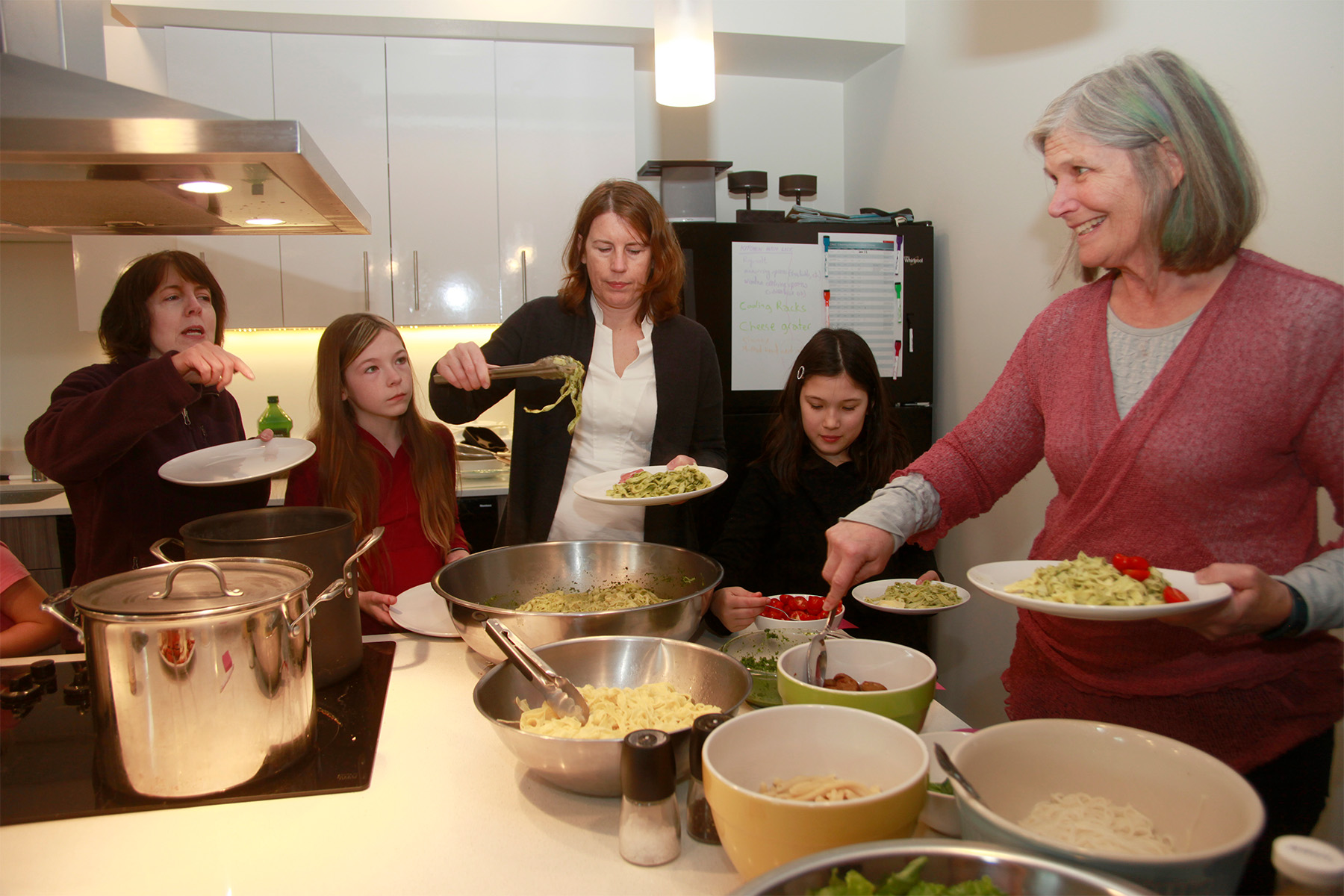The Activity Node is any hub of activity on the site. It can include gathering nodes for smaller groups and local centers for larger meeting locations.
“One of the greatest problems in existing communities is the fact that the available public life in them is spread so thin that it has no impact on the community.” While this pattern was originally written with regard to the scale of a city, it relates directly to the community of cohousing, which closely resembles a village.
In discussions about memorable urban places, it’s often cited that people are attracted to places where there are other people. “To create these concentrations of people in a community, facilities must be grouped densely round very small public squares which can function as nodes - with all pedestrian movement in the community organized to pass through these nodes.” This principle can also be scaled down to a cohousing community. The Common House is a concentration of activities central to the community.
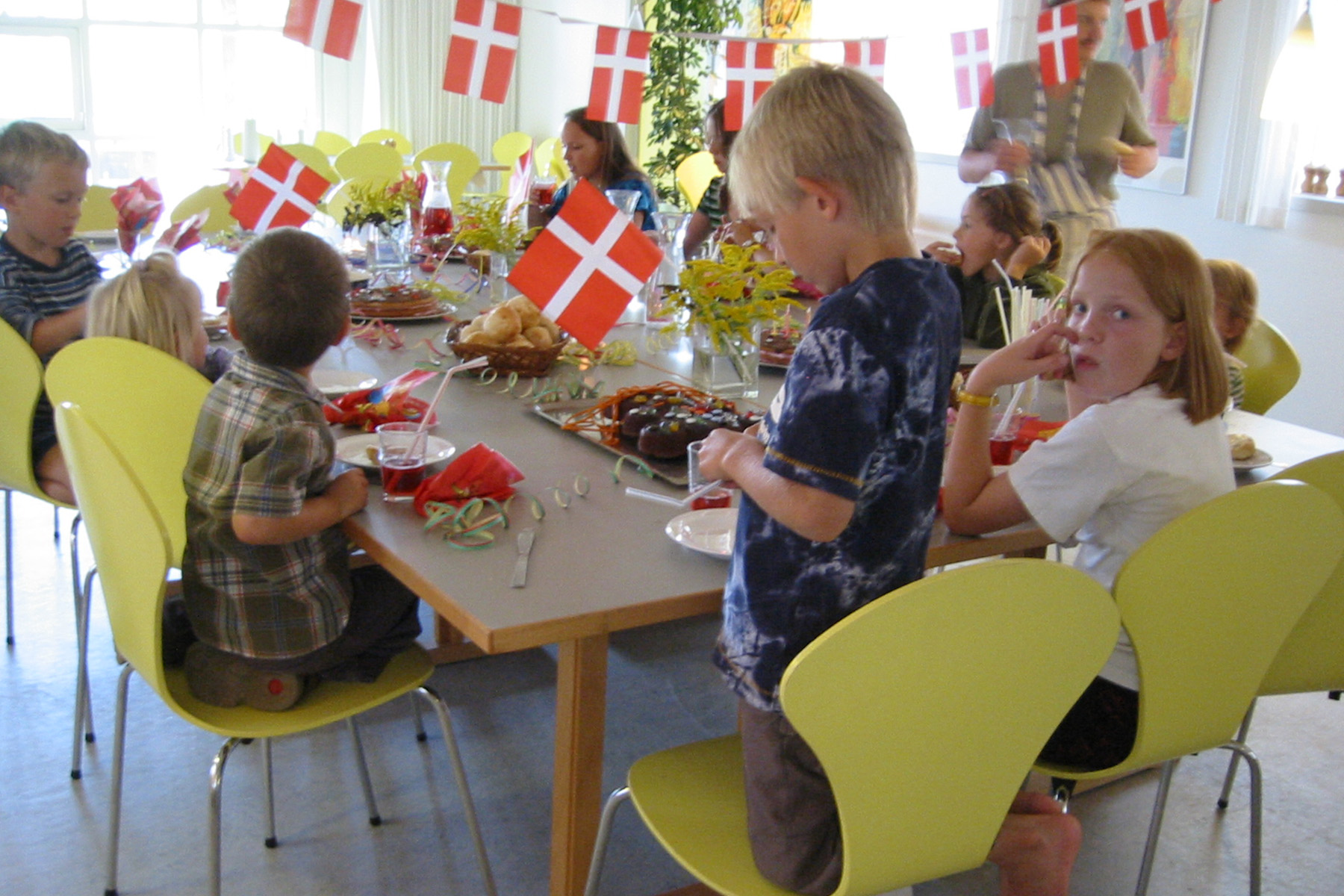
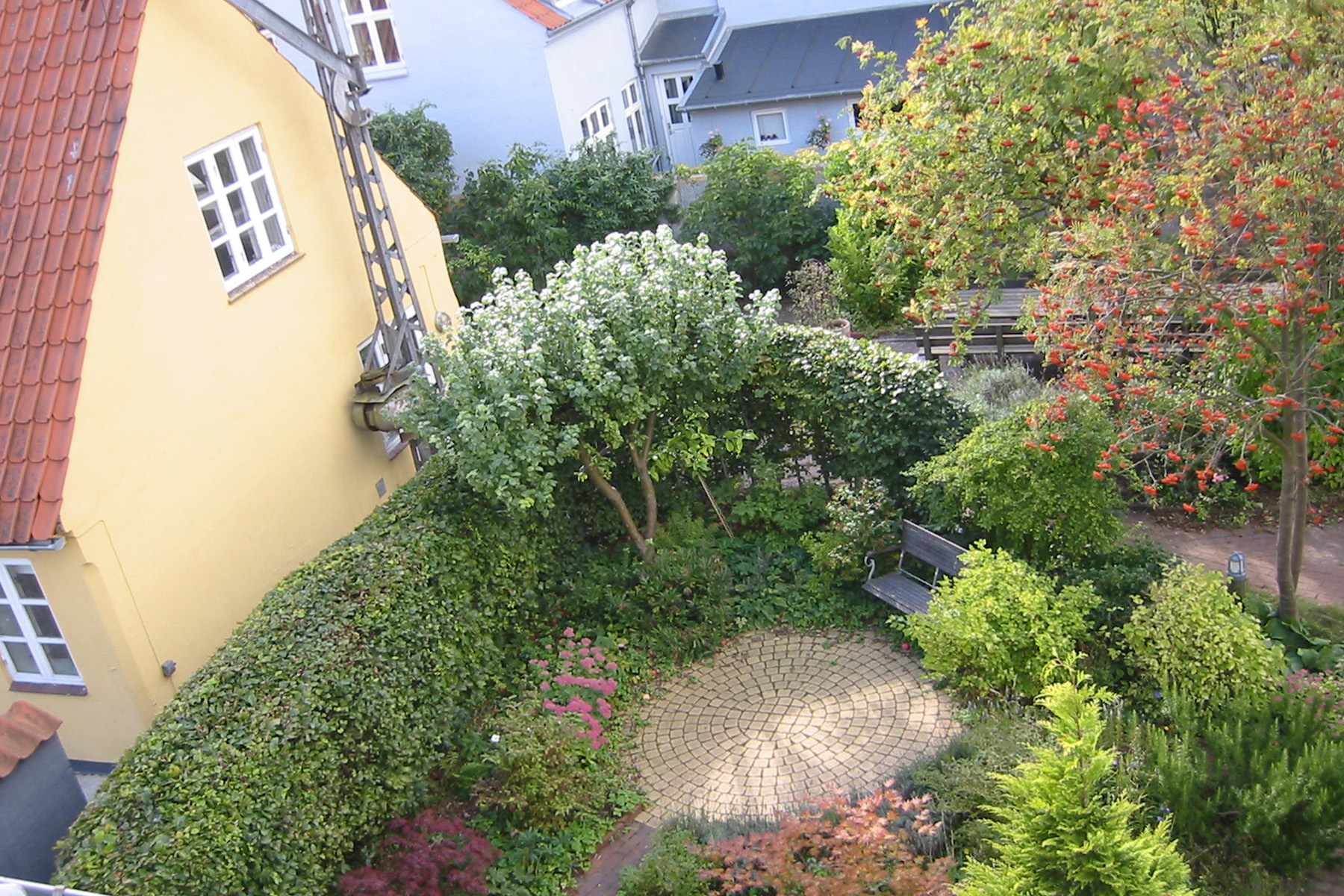
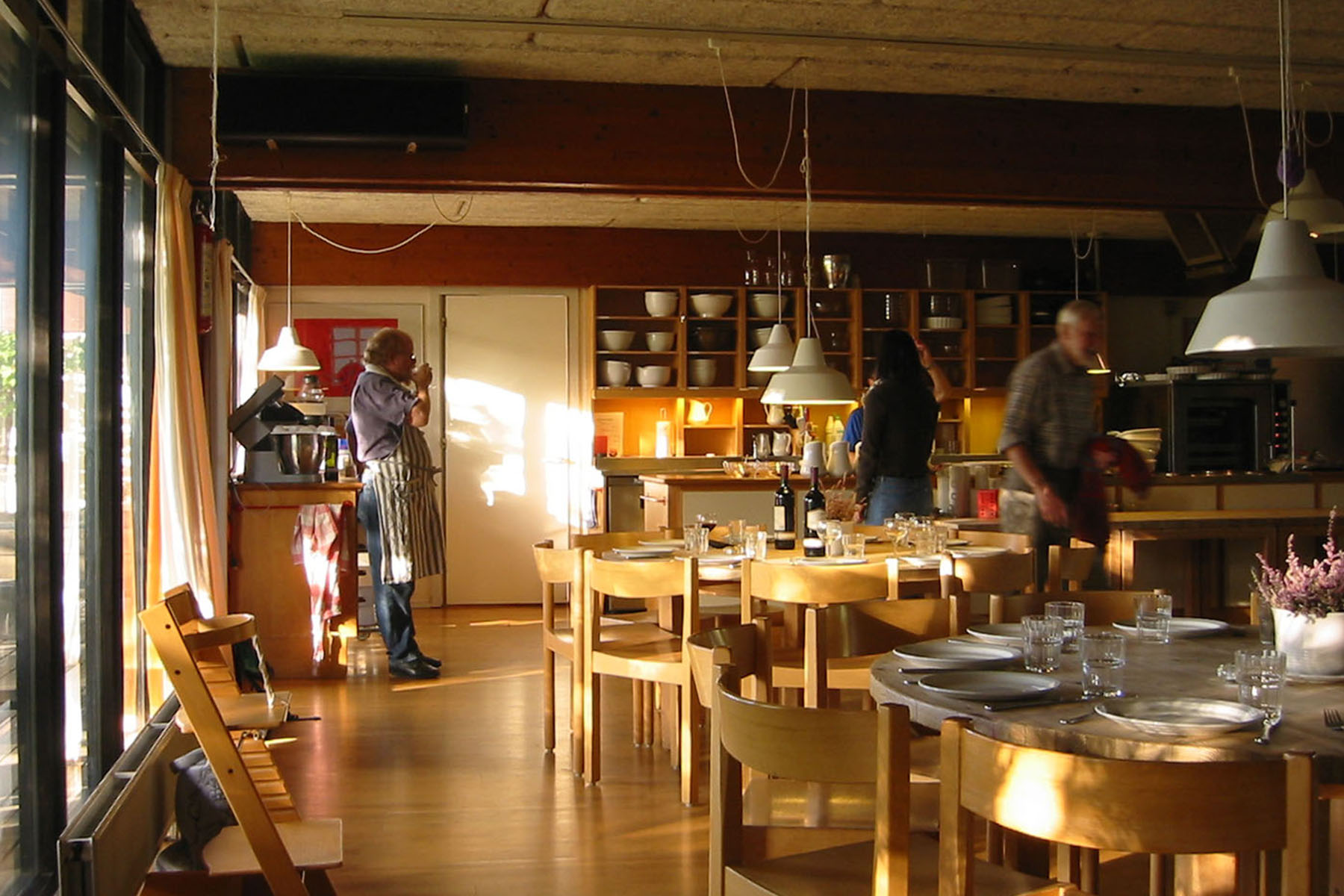

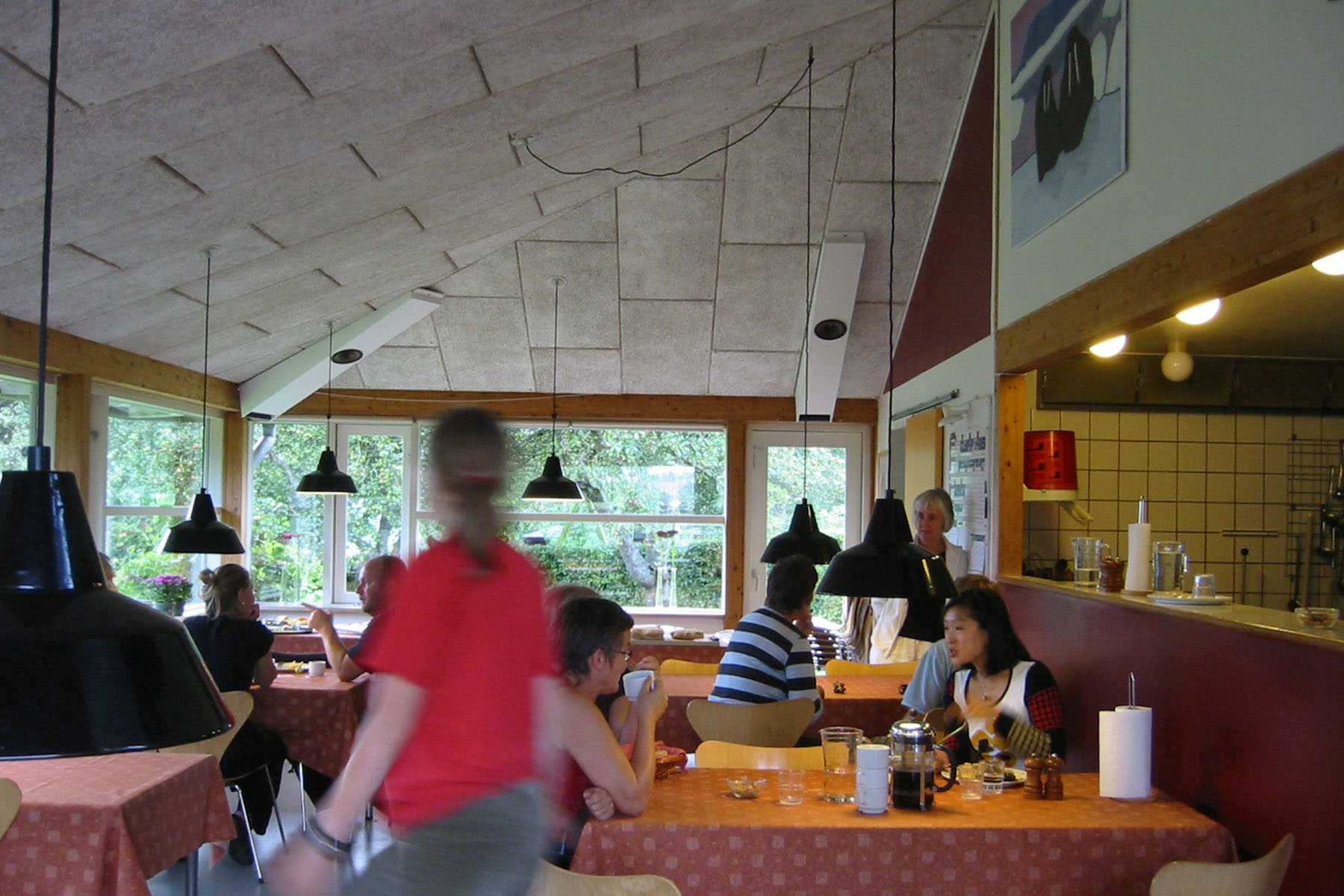
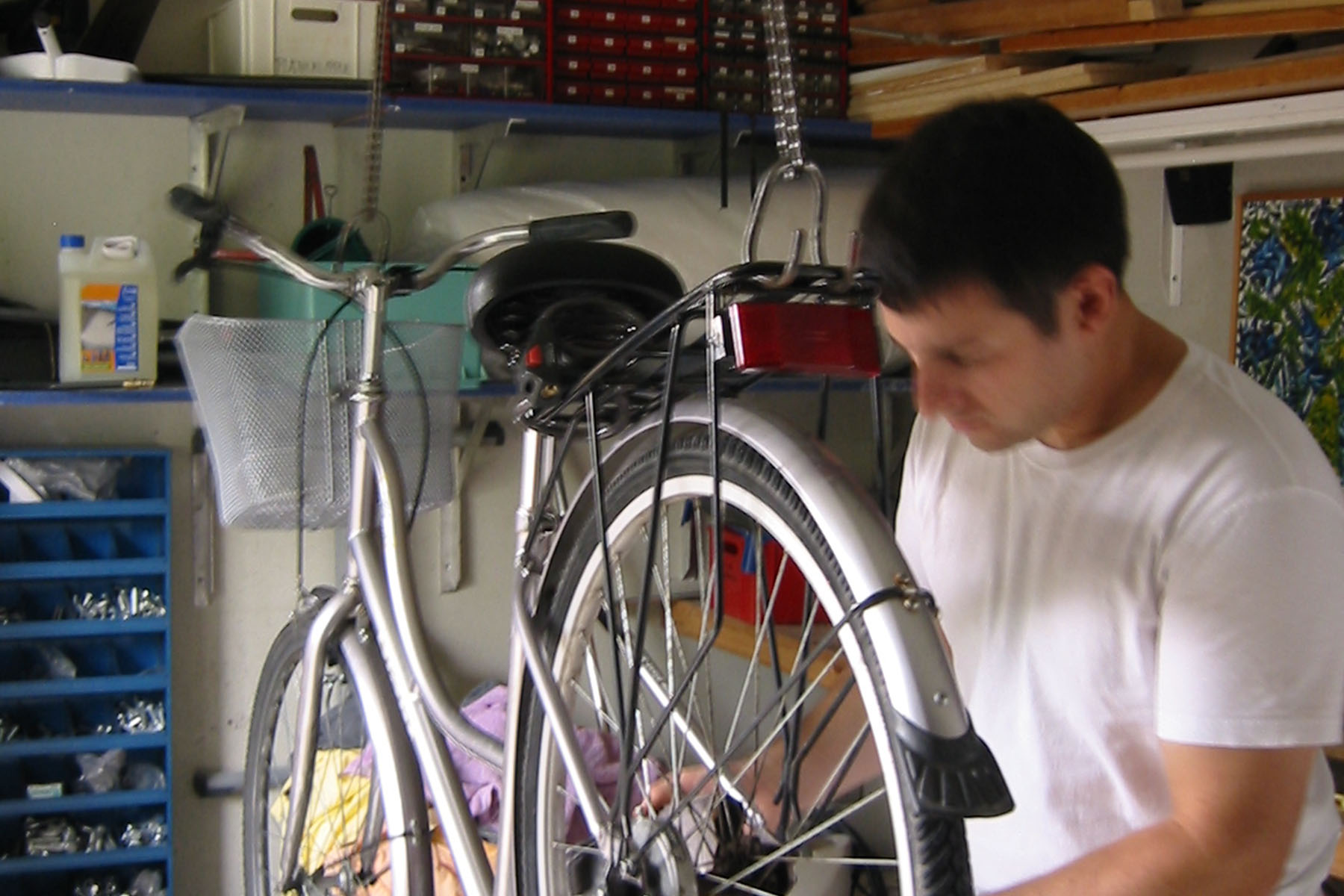
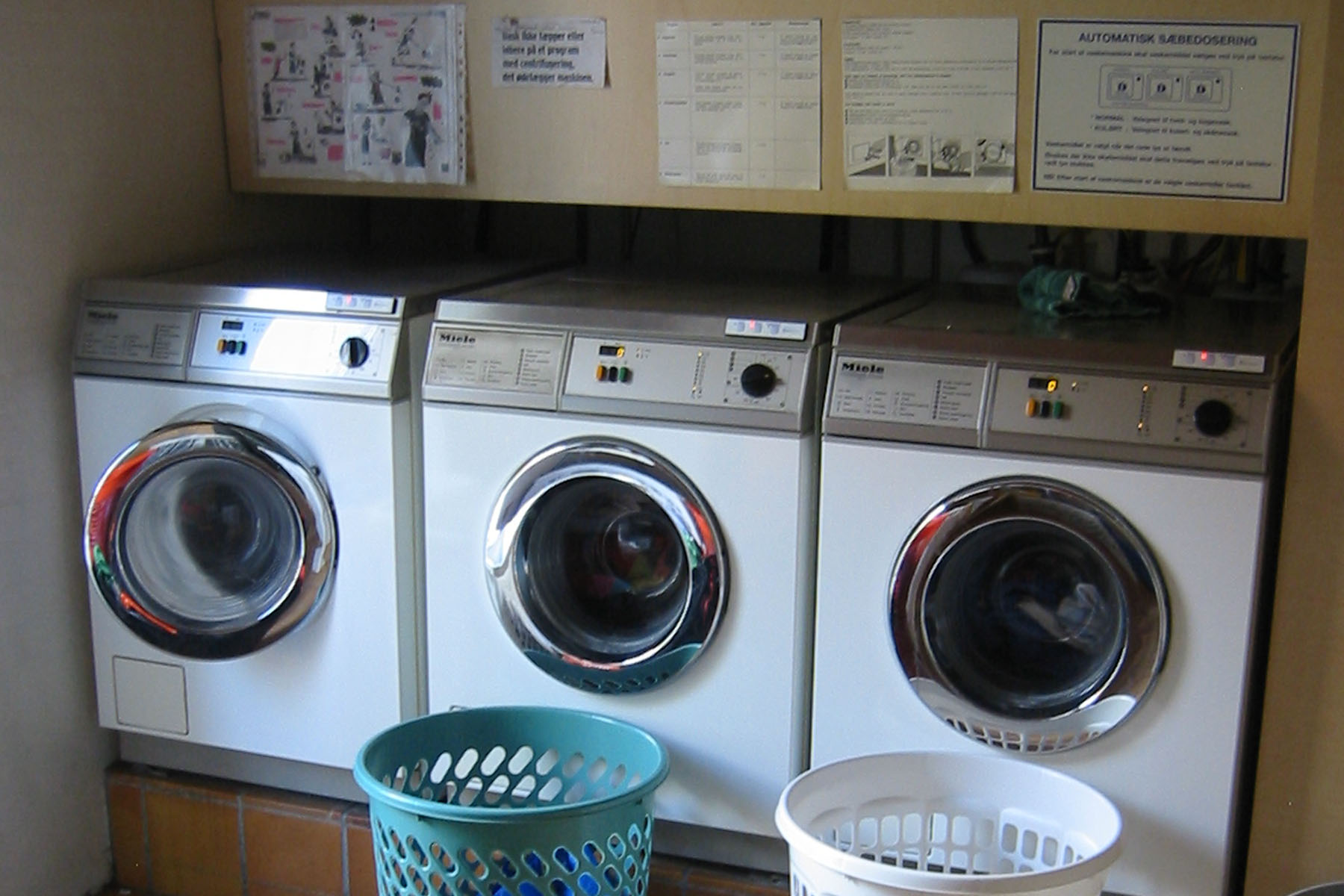
Please Note:
This series of blog posts is focused on explaining common design patterns in cohousing. Grace Kim, a founding principal and owner of Schemata Workshop, has identified patterns applicable to cohousing from "Pattern Language" by Christopher Alexander and has added some of her own. The number in brackets [#] refers to Alexander’s pattern numbering system.
Grace's additional patterns pay particular attention to the Common House because its design requires special consideration. As the living room for the community, the Common House sets the initial impression for visitors about what cohousing is, what your community values might be, or the perceived benefits of living in community. Schemata Workshop has analyzed scores of common houses in Denmark and North America to discern what does and does not work. Following Alexander's concept of Pattern Language, Grace has thoroughly documented the necessary programmatic and design elements for a successful Common House.
To learn more about cohousing at Schemata, visit our cohousing page.

